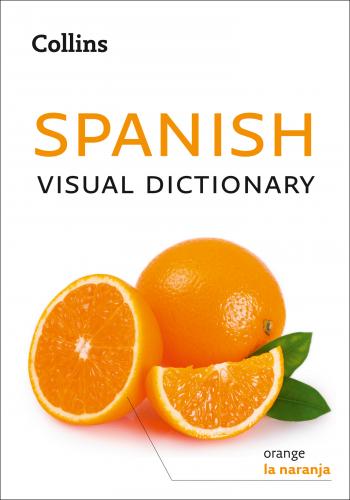When a feminine word in Spanish starts with stressed “a”, it takes the masculine article, rather than the feminine, to make it easier to pronounce. These have been marked with the label f to indicate that it is a feminine word even if preceded by the masculine article “el”:
water el agua f
eagle el águila f
When a Spanish noun has both a masculine and feminine form (as in the case of many professions), both forms are shown:
nurse el enfermero / la enfermera
3) The masculine form of adjectives only has been shown for vocabulary items and in phrases, for example:
happy contento
I’m tired. Estoy cansado.
Remember that, in Spanish, the adjective often changes depending on whether the noun it describes is masculine or feminine. Often the ending of the adjective changes from “o” to “a”, so “cansado” becomes “cansada”, although there are some adjective endings that behave differently.
Plural forms of both adjectives and nouns are generally formed by adding “-s” or “-es” to the end of the word:
The girls are tired. Las niñas están cansadas.
However, some words, among them the days of the week, are the same in both singular and plural:
the umbrella el paraguas
the umbrellas los paraguas
I’m busy next Monday Estoy ocupado el próximo lunes.
I’m always busy on Mondays. Siempre estoy ocupado los lunes.
When an adjective or noun ends in “-z”, the plural form becomes “-ces”:
feliz => pl felices
FREE AUDIO
We have created a free audio resource to help you learn and practise the Spanish words for all of the images shown in this dictionary. The Spanish words in each chapter are spoken by native speakers, giving you the opportunity to listen to each word twice and repeat it yourself. Download the audio from the website below to learn all of the vocabulary you need for communicating in Spanish.
www.collinsdictionary.com/resources
Whether you’re going to be visiting a Spanish-speaking country, or even living there, you’ll want to be able to chat with people and get to know them better. Being able to communicate effectively with acquaintances, friends, family, and colleagues is key to becoming more confident in Spanish in a variety of everyday situations.
umbrella
el paraguas
1. blue
azul
2. red
rojo
3. green
verde
4. white
blanco
5. black
negro
6. yellow
amarillo
THE BASICS | LO ESENCIAL
Hello/Hi!
¡Hola!
Good morning.
Buenos días.
Good afternoon.
Buenas tardes.
Good evening.
Buenas tardes / noches.
Goodnight.
Buenas noches.
See you soon.
Hasta pronto.
See you later.
Hasta luego.
See you tomorrow.
Hasta mañana.
See you on Saturday.
Hasta el sábado.
Bye!
¡Adiós!
Have a good day/evening!
¡Que pases un buen día! / una buena noche!
Pleased to meet you.
Encantado.
YOU SHOULD KNOW…
Spanish people are very welcoming and friendly. In everyday situations, men normally greet each other with a hug, a handshake, or a pat on the back, and greet women with a kiss on both cheeks; women also greet each other with two kisses. In more formal situations, a handshake is fine, and if you are meeting for the first time, it is polite to say “Encantado / Encantada” (Pleased to meet you).
Yes.
Sí.
No.
No.
I don’t know.
No sé.
Please.
Por favor.
Yes, please.
Sí, por favor.
Thank you.
Gracias.
No, thanks.
No, gracias.
Excuse me.
Perdone.
Sorry?
¿Perdón?
I’m sorry.
Lo siento.
OK!
¡De acuerdo!
You’re welcome.
De nada.
I don’t understand.
No entiendo.
ABOUT YOU | SOBRE TÍ
How old are you?
